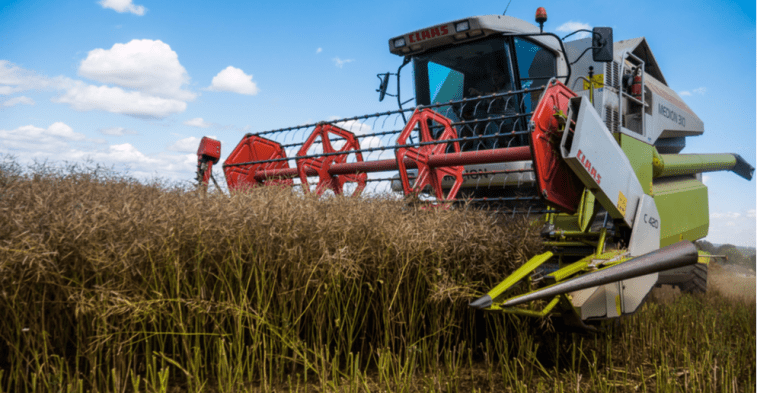EU Grain Prices to Drop on Lower Feed Demand, but Rising Energy Costs Impugn Forecast
IndexBox has just published a new report: ‘EU – Grain – Market Analysis, Forecast, Size, Trends and Insights’. Here is a summary of the report’s key findings.
By 2024, EU grain prices are expected to decrease moderately due to falling demand for livestock feed. There’s a risk that if high prices for gas and a related fertilizer imbalance continue for several years, they may negate effects from the demand change. Expected increases in consumption of organic produce could also buoy the prices. By 2025, grain trade in the EU will decline by 8% to 84М tonnes due to diminished production and tough competition in global markets.
Key Trends and Insights
According to the latest EU Agricultural Outlook, there will be a decrease in the livestock herd in the EU in the next two years, causing lower demand for feed and a subsequent drop in grain prices. In 2024, wheat prices should decline from 206 to 178 euros per tonne, barley from 189 to 174 euros per tonne, and maize from 206 to 165 euros per tonne. This scenario is only possible if gas prices fall and the fertilizer imbalance is eliminated. However, high gas costs make fertilizer production in the EU less profitable and limit the possibility of a drop in prices in the next few years.
Demand for nitrogen fertilizers in the EU will remain stable, while consumption of phosphorus fertilizers will expand, driven by an increase in the input per hectare. As EU countries do not have enough phosphorus supply, a large share of the gains in consumption will be balanced by imports from the U.S., Morocco and China.
In 2025, grain prices will rise again due to higher energy resources and fertilizers costs. By 2031, costs per tonne for wheat are expected to reach 202 euros, barley – 183 euros and maize – 182 euros.
Demand for organic produce will continue to grow as Europeans place more and more preference on healthy products. This additionally will push prices up as the yield for organic produce is lower than with conventional crops due to the less aggressive use of fertilizers and pesticides.
The EU is forecast to remain competitive on the global grain market, although its share in the global exports will decrease due to tough competition from other key players, especially from the Black Sea region. Grain trade in the EU will reduce by 8% to 84М tonnes in 2025 (IndexBox estimates).
EU Grain Trade
In 2020, the amount of grain exported in the EU stood at 91M tonnes, surging by 4.8% against the previous year. In value terms, exports rose significantly to $23.2B.
France was the major exporting country with about 32M tonnes, which accounted for 35% of total exports. Germany (12M tonnes) took the second position in the ranking, followed by Romania (11M tonnes), Poland (9M tonnes) and Lithuania (4.9M tonnes). All these countries together took approx. 41% share of exports in the EU. The Czech Republic (3.4M tonnes), Latvia (3.4M tonnes), Slovakia (2M tonnes), Croatia (1.9M tonnes), Sweden (1.8M tonnes) and Denmark (1.6M tonnes) occupied a minor share of the total supplies.
In value terms, France ($7.7B) remains the largest grain supplier in the EU, comprising 33% of total exports. The second position in the ranking was occupied by Germany ($2.8B), with a 12% share, followed by Romania (10% share).
In France, grain exports increased at an average annual rate of +5.1% in 2020. The remaining exporting countries recorded the following average annual rates of exports growth: Germany (+56.7% y-o-y) and Romania (-15.7% y-o-y).
The grain export price in the EU stood at $255 per tonne in 2020, picking up by 5% against the previous year. Major exporting countries recorded the following prices: France ($245 per tonne), Germany ($230 per tonne). In 2020, the most notable rate of growth in terms of prices was attained by Sweden, while the other leaders experienced more modest paces of growth.
Source: IndexBox Platform





Leave a Reply